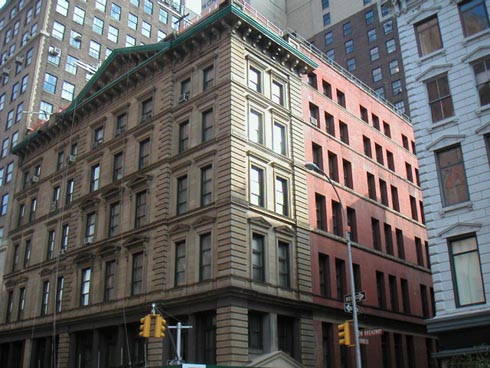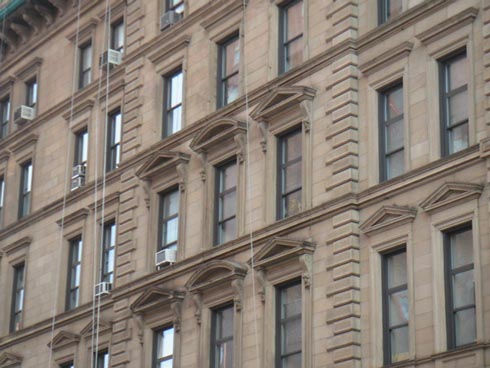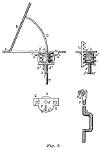 |
New York
Architecture Images-Soho 155 West Broadway ( formerly J. C. French & Sons now New York City Supreme Court) |
|
|
architect |
Jardine, Hill and Murdoch. | |
|
location |
155 West Broadway | |
|
date |
1865 | |
|
style |
Renaissance Revival | |
|
construction |
||
|
type |
Court | |
|
|
 |
|
|
images |
 |
|
|
|
|
|
|
notes |
The Manufacturer and Builder. January, 1891French's Improved Vault and Sidewalk Lights. One of the most convenient forms of light for many situations that has thus far been called to our notice, is that illustrated by the accompanying cuts, and which is a patented improvement manufactured by J. C. French & Sons, of 155 West Broadway, New York. The improvement in question relates to vault or sidewalk lights, and consists in an ingenious and secure method of opening and closing the wings of such light when they are to be used as trap-doors for ventilation.  The perspective view (Fig. 1) shows the appearance of the doors when opened to their full extent; and Fig. 2 exhibits the mechanism by which the operation of the doors is effected. For this purpose, each wing B of the door is provided with a curved arm C. This arm has teeth on one side, forming a rack, which engages with the worm D, securely attached (in the position shown) to the frame of the door. The racks are made of 1½×½-inch wrought iron, and the arms are of cast iron, mounted on a wrought-iron axle. To raise or lower, it is necessary to rotate the worm by using the key F, the extremity of which is provided with the hooks g g, which fit over lugs f f, on the lower and of the worm axle. The key is also of wrought iron. It is apparent from this combination, that the doors will be immovably fastened in any position in which they may be left, and that they can neither be opened nor closed without the use of the key, so that they are, therefore, not exposed to the danger of falling or breaking; furthermore, that they may be opened to any extent that may be required for ventilation, and remain as fast in one position as another; and, finally, that they cannot be opened without the key, thus guarding them against the tampering of unauthorized persons. The chain limits the extent of movement of the doors, and at the same time serves as a guard. These doors have such obvious merits that they have come into very general use. Improved Vault and Sidewalk Lights.
|
|
|
links |